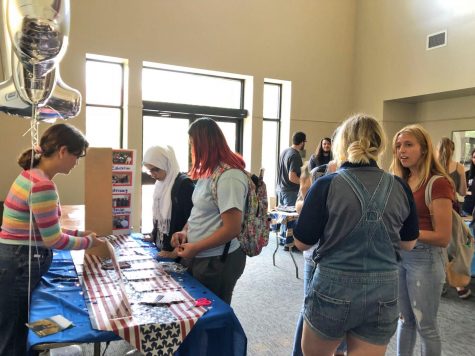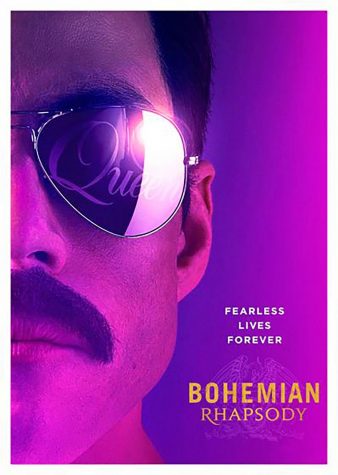Topper Tats: Current tattoo laws in Texas require you to think before you ink
Topper Tats scours St. Edward’s University to bring you the stories behind the most creative, the most meaningful and the most what-was-I-thinking tattoos inked on our students.
We all should know that it’s dangerous to get tattooed from some guy out of the back of his van, but what about the established tattoo shops that we all assume are legitimate?
“There’s a lot of very, very good shops, especially in Austin,” Jeremy Miller, St. Edward’s graduate student and owner of Pigment Dermagraphics and Fine Art in Austin, said. “But there’s also a ton of bad ones.”
Becoming a tattoo artist in Texas isn’t as difficult as you’d think.
“There’s no regulation over tattooing laws,” Miller said. “Anybody can go out and buy a tattoo license.”
All you need is $928 for a two-year license, no training required.
Miller, who has been tattooing for 10 years, has had many encounters with the lax tattoo laws in Texas.
“I know shops that have been open for five years, and they’ve never had a health inspector walk in their door,” he said.
The result of this is easy to guess. Many people, whether they are serious about the art of tattooing or not, are going out and getting a tattoo license.
Miller compares the process of becoming a tattoo artist with becoming a hairstylist. Becoming a hairstylist requires several years of schooling, a practical and written examination, along with frequent visits from health inspectors.
“The problem is that tattooing is a much more invasive procedure,” Miller said. “We are going into the skin.”
According to Miller, the threat caused by receiving a tattoo from an artist without the proper training is great.
“If you have one guy who just decides he wants to buy a tattoo kit off of eBay, finds $928 to open up a shop, all of a sudden this guy is a professional tattoo artist,” he said.
Say an artist doesn’t know the proper way to clean his materials and station, and the person he tattooed before you had hepatitis. This means you go home with a hepatitis-infected arm and an open wound.
“Now everyone in your house is at risk and everyone in the grocery store is at risk just because this guy didn’t know how to properly take care of his stuff and the government didn’t regulate it at all,” he said.
Miller offers a very simple solution to prevent this problem from happening to people interested in getting inked: to receive a license, the artist should be required to have blood-born pathogen training, along with basic first aid and CPR knowledge.
The higher overall cost of the license, which would even out after two years from the current cost, could fund more health inspectors. According to Miller, tattoo recipients need to remember that being tattooed is a surgical procedure. The main item to consider when researching the right shop is whether the artist has had blood-born pathogen training.
Next, make sure the shop is actually clean—not just the lobby, waiting area or bathroom. What is most important is the actual tattoo station.
“Everything should be wrapped up and individually packaged,” Miller said. “Everything should be wiped down. Nothing should look dirty.”
Another thing to consider is price. If a shop offers tattoos for $20, they are cutting costs in other areas, generally cleaning supplies.
The art of tattooing has the potential to become a truly legitimate form of art, once the dangers have been erased. Thoroughly research the artist before you go under the needle to ensure your safety.









